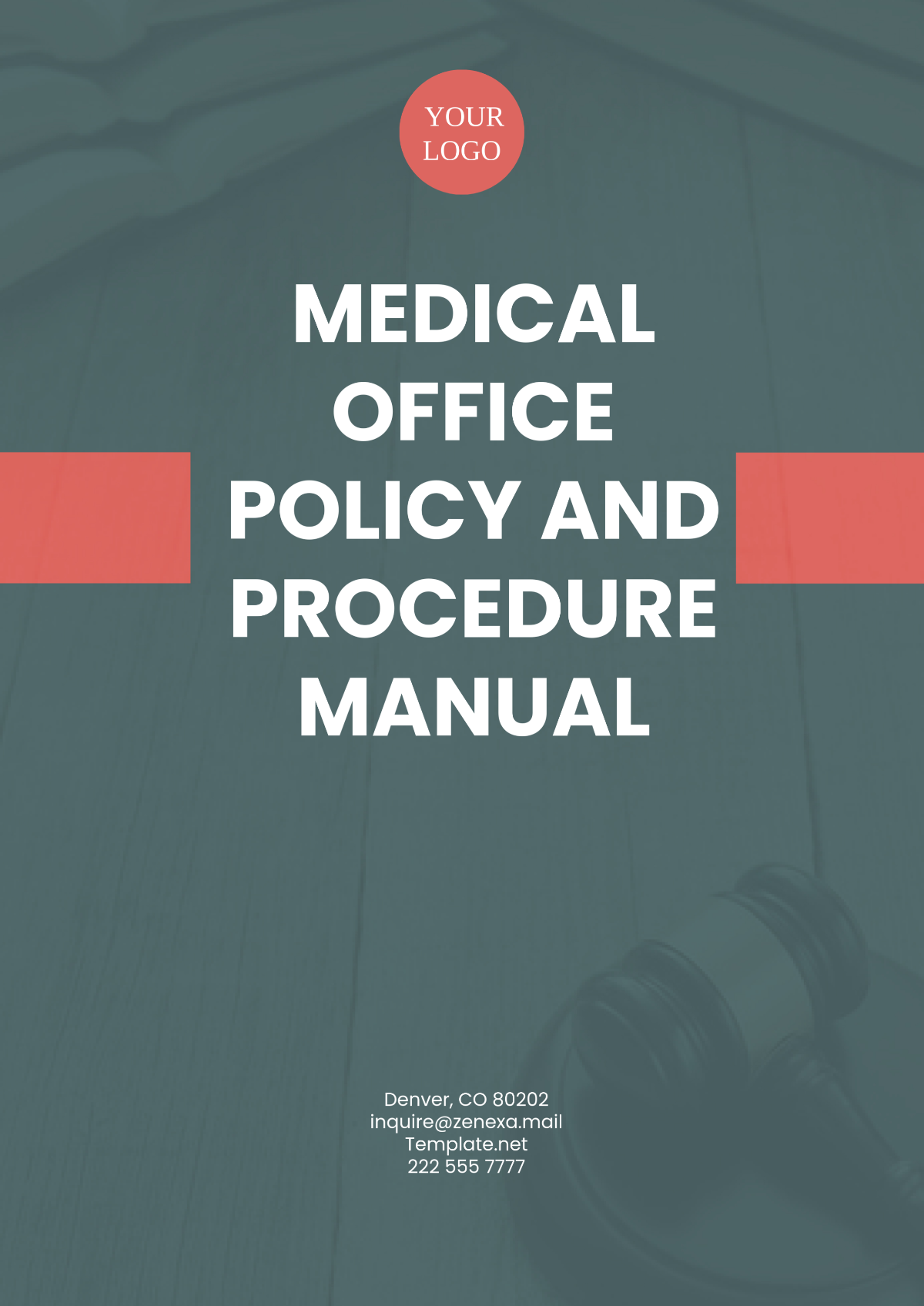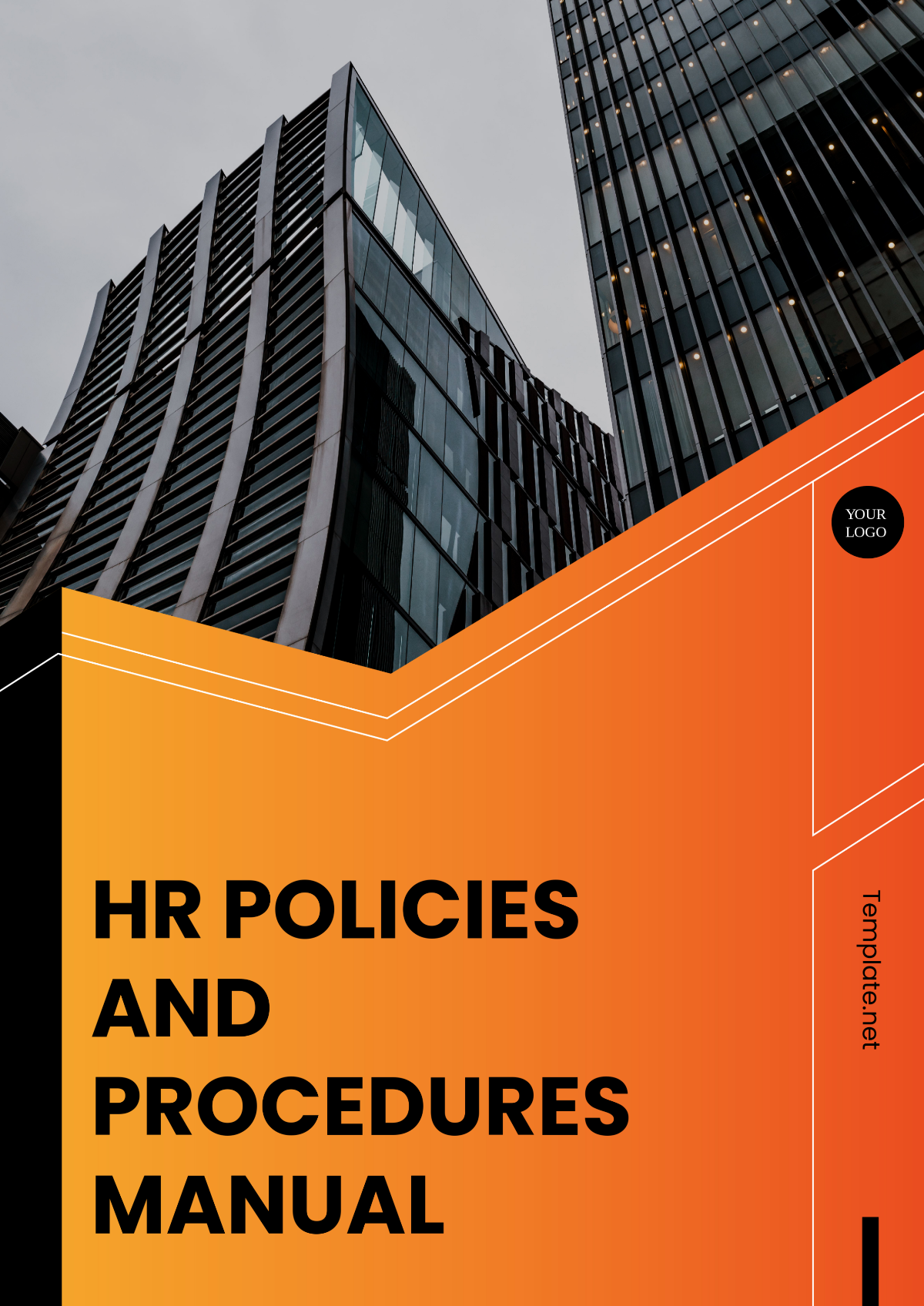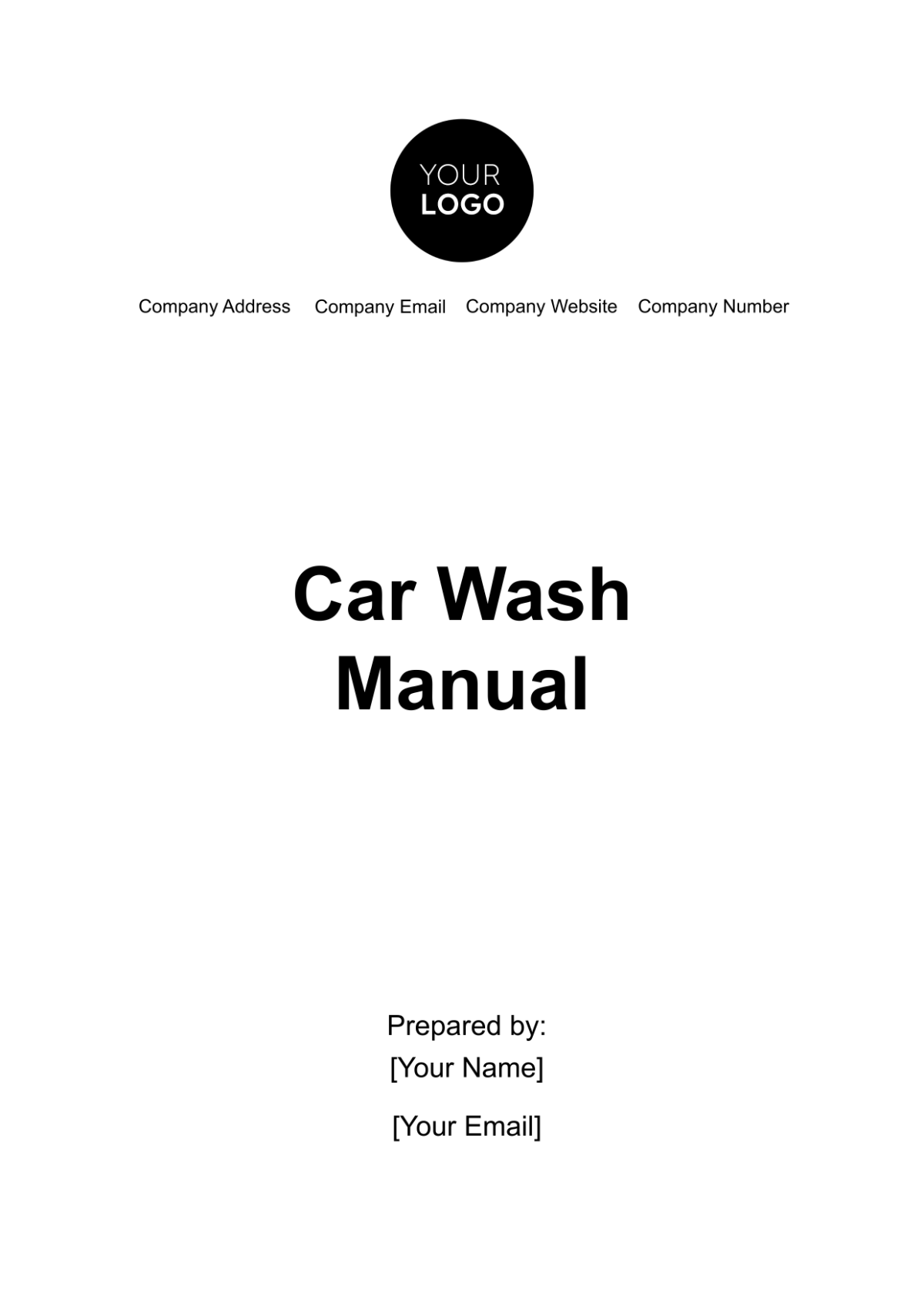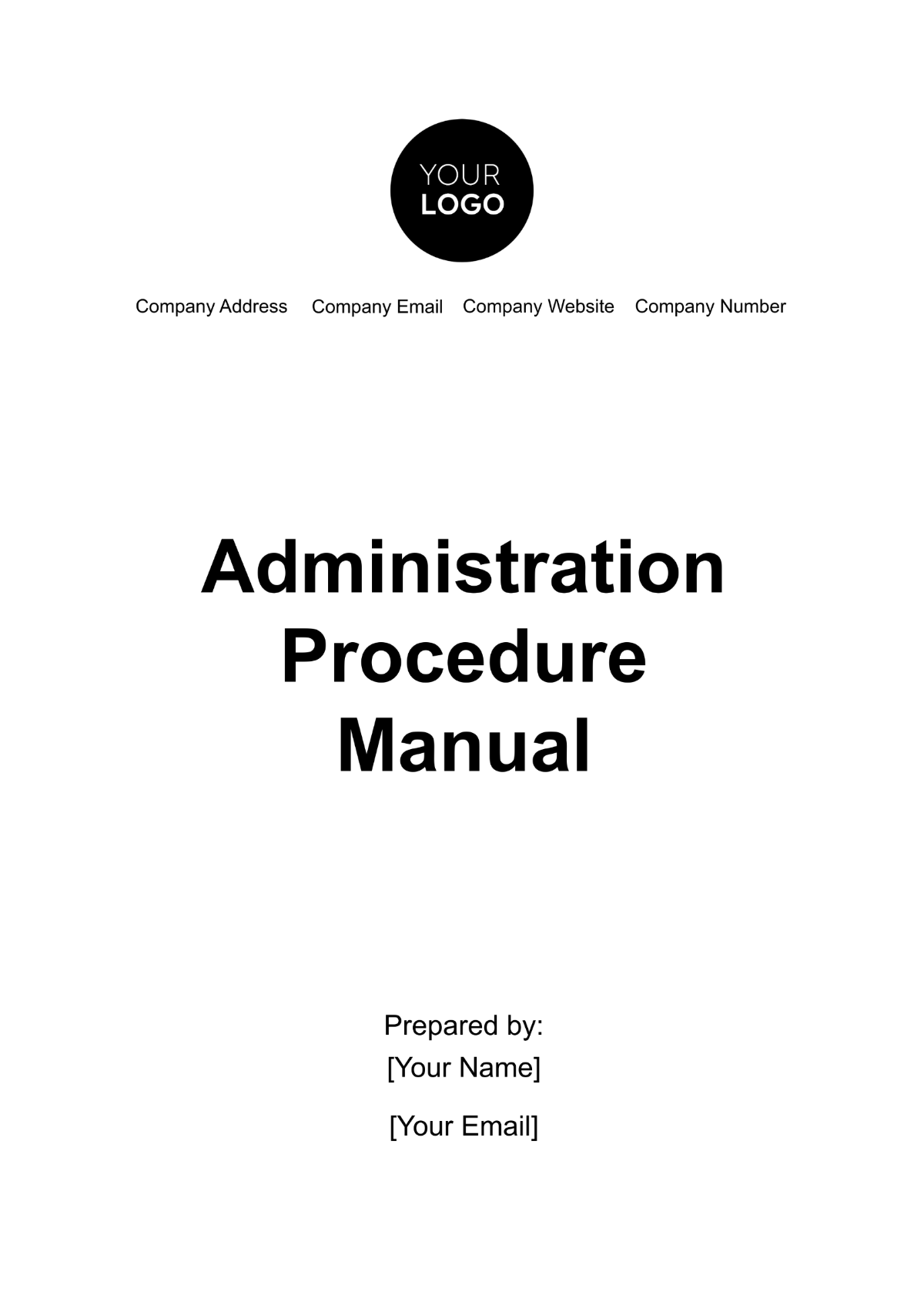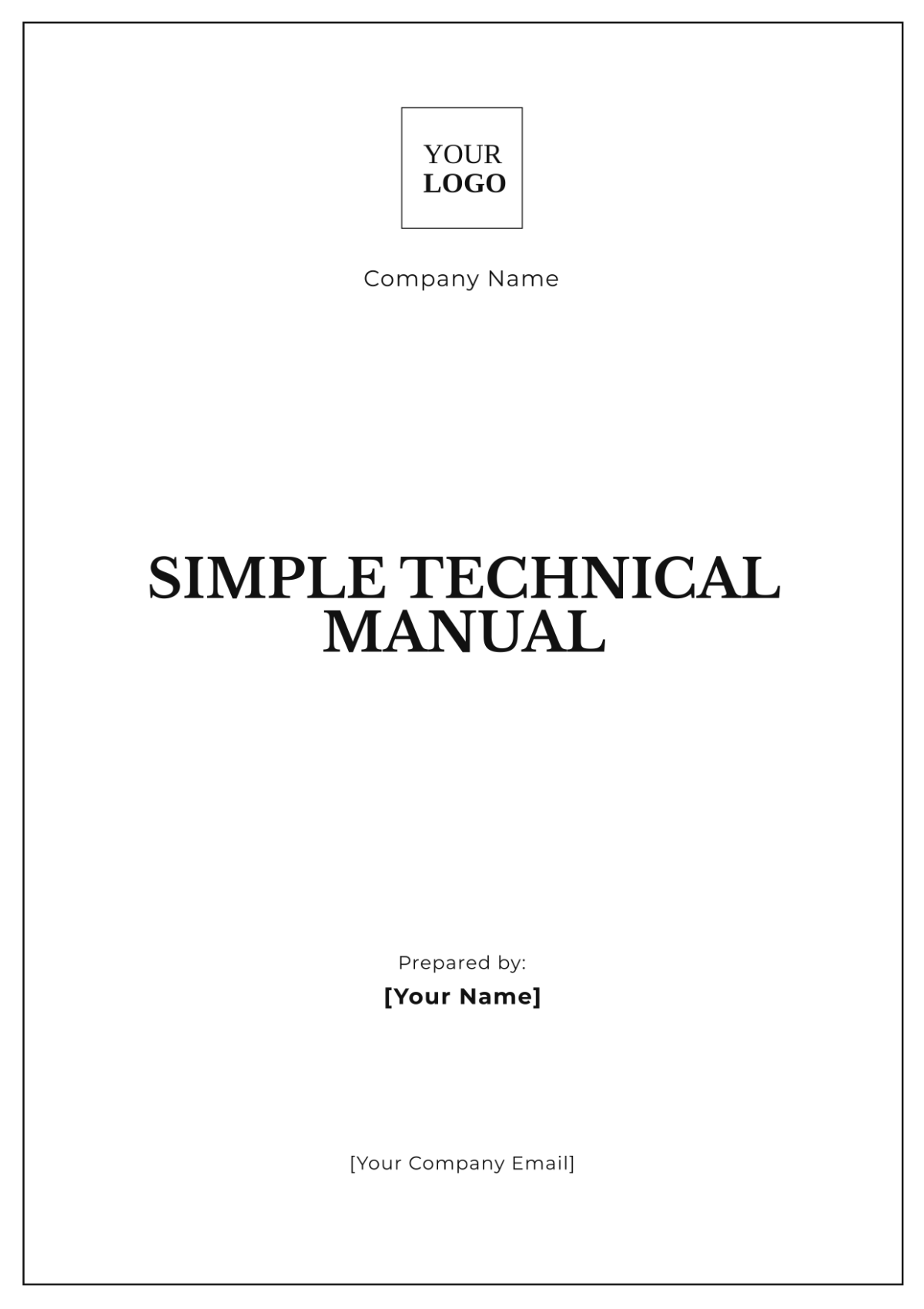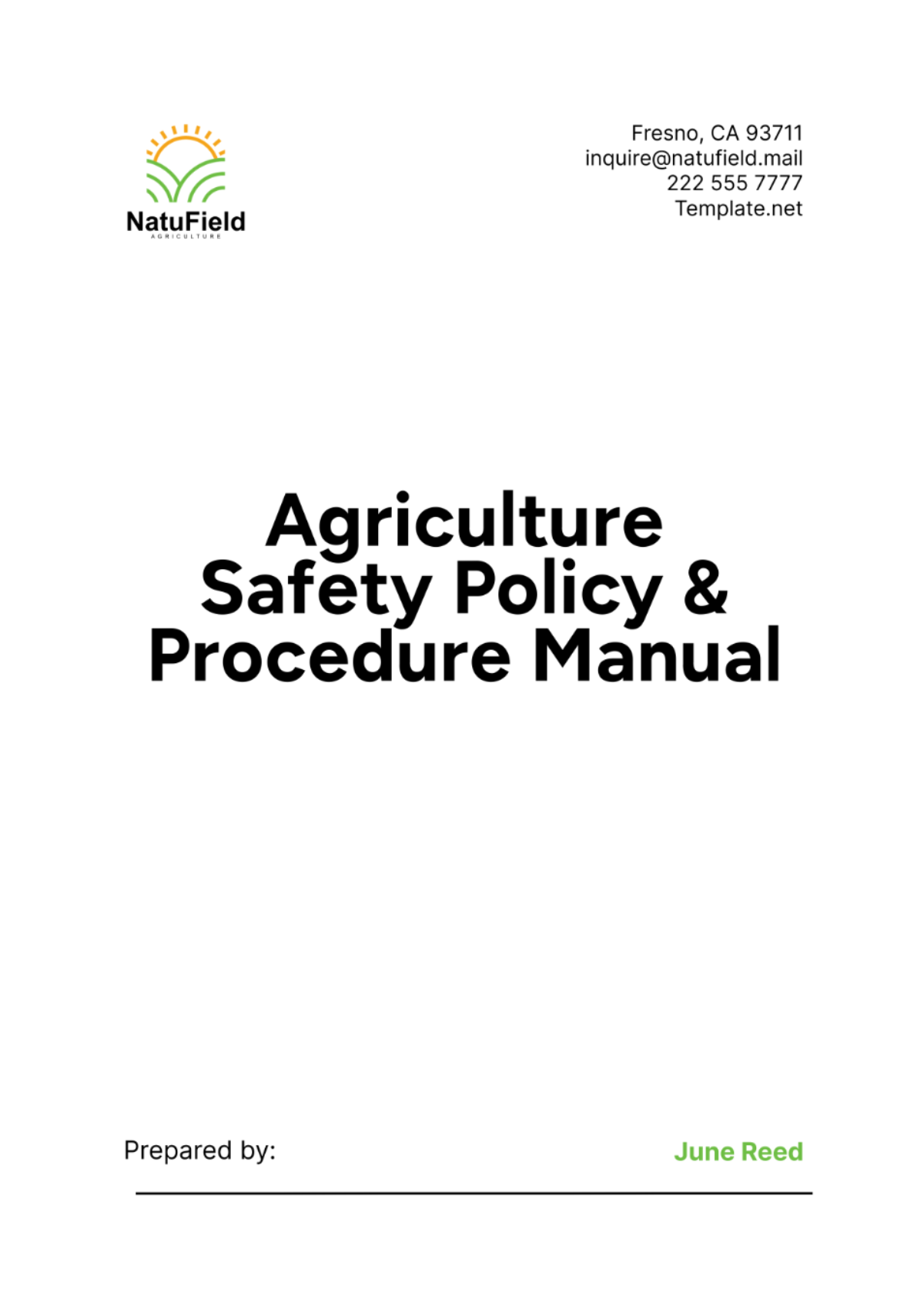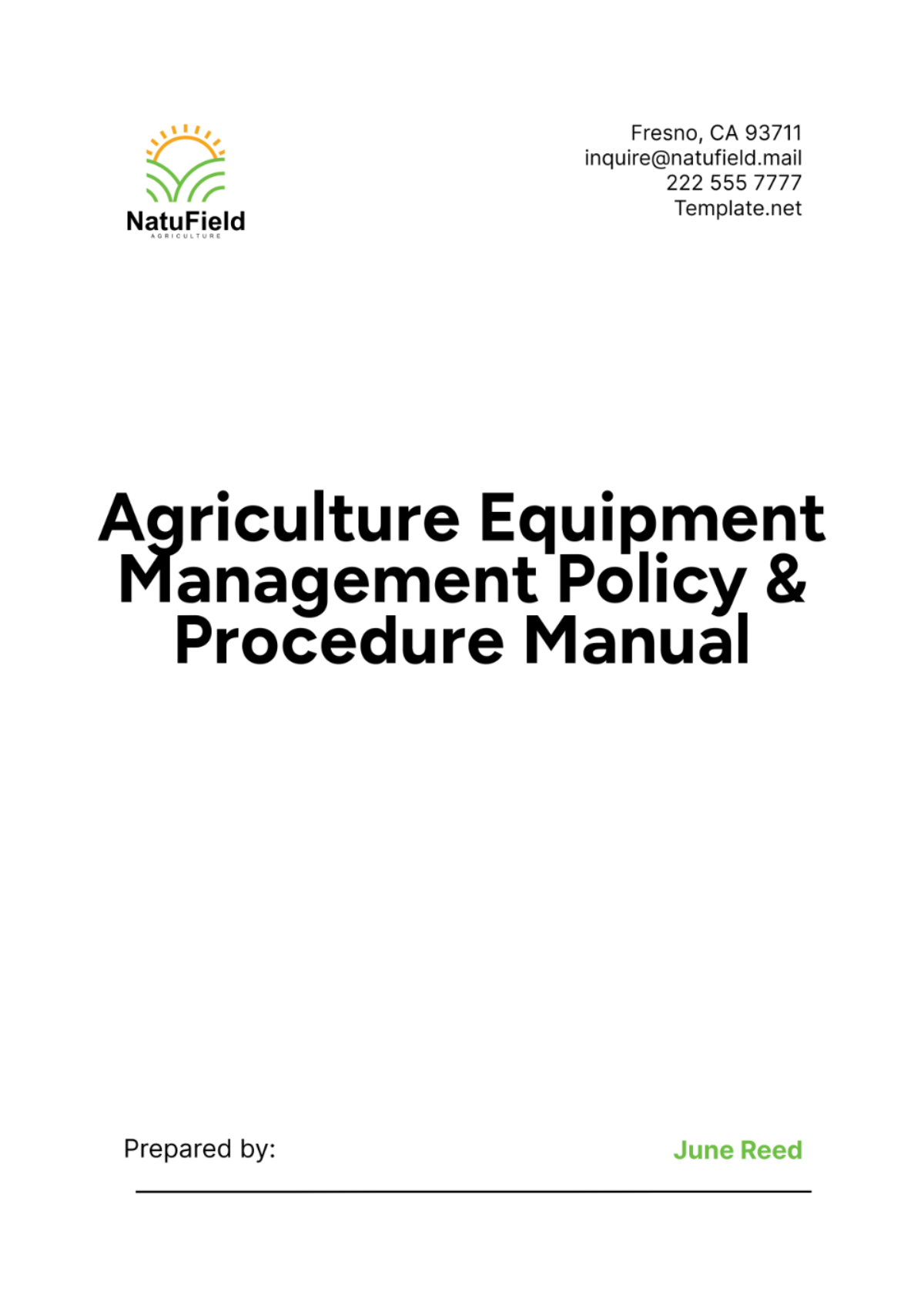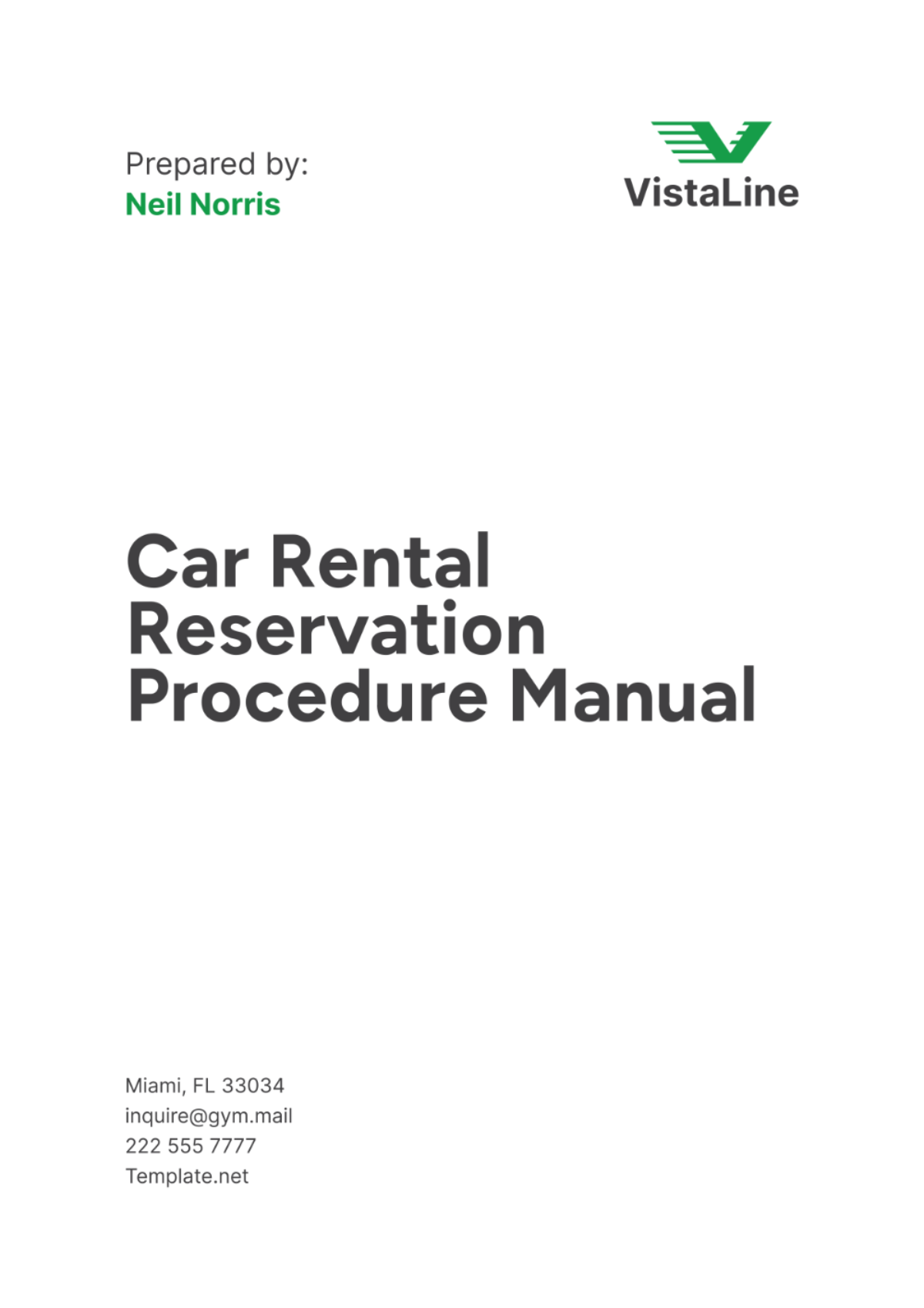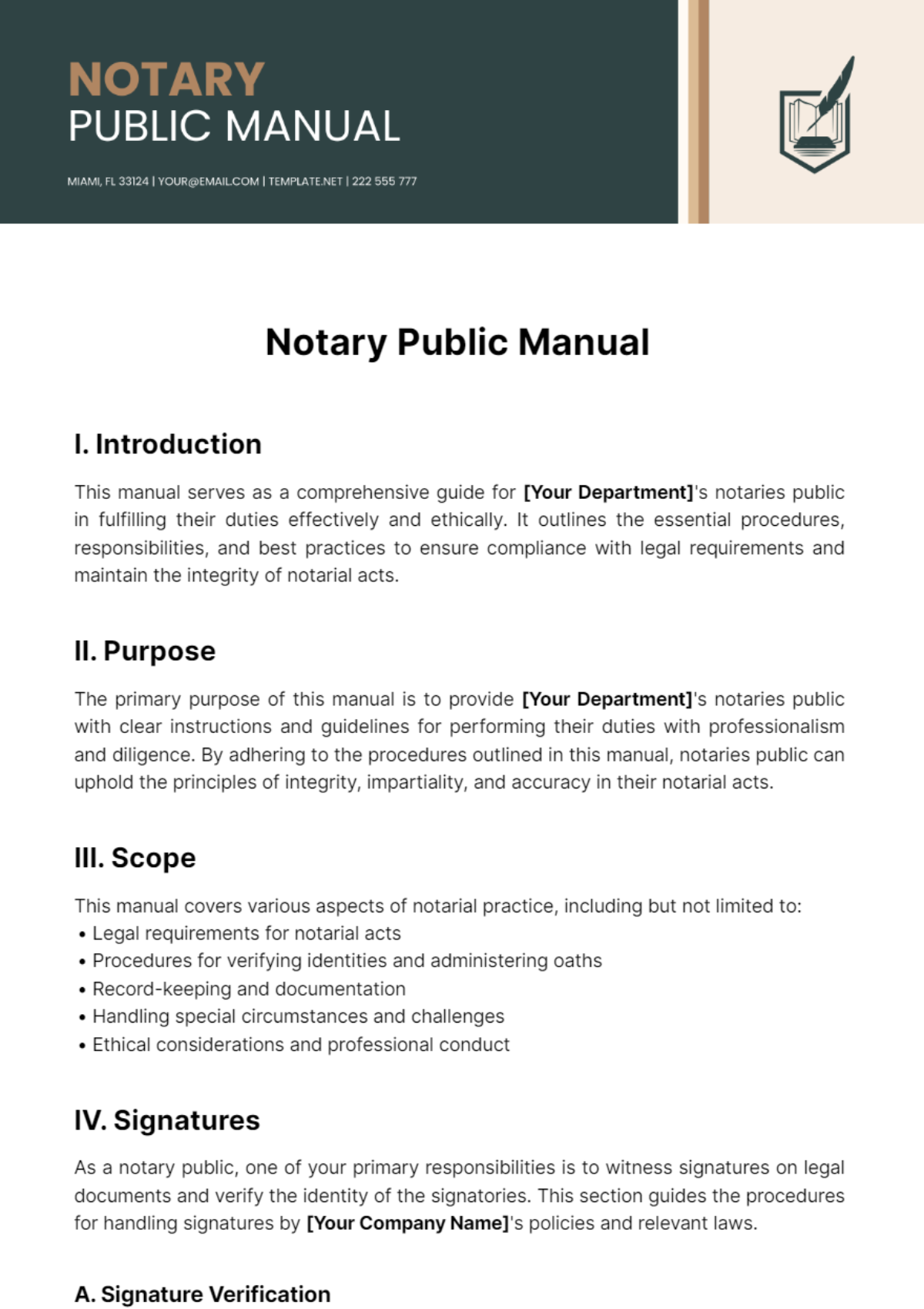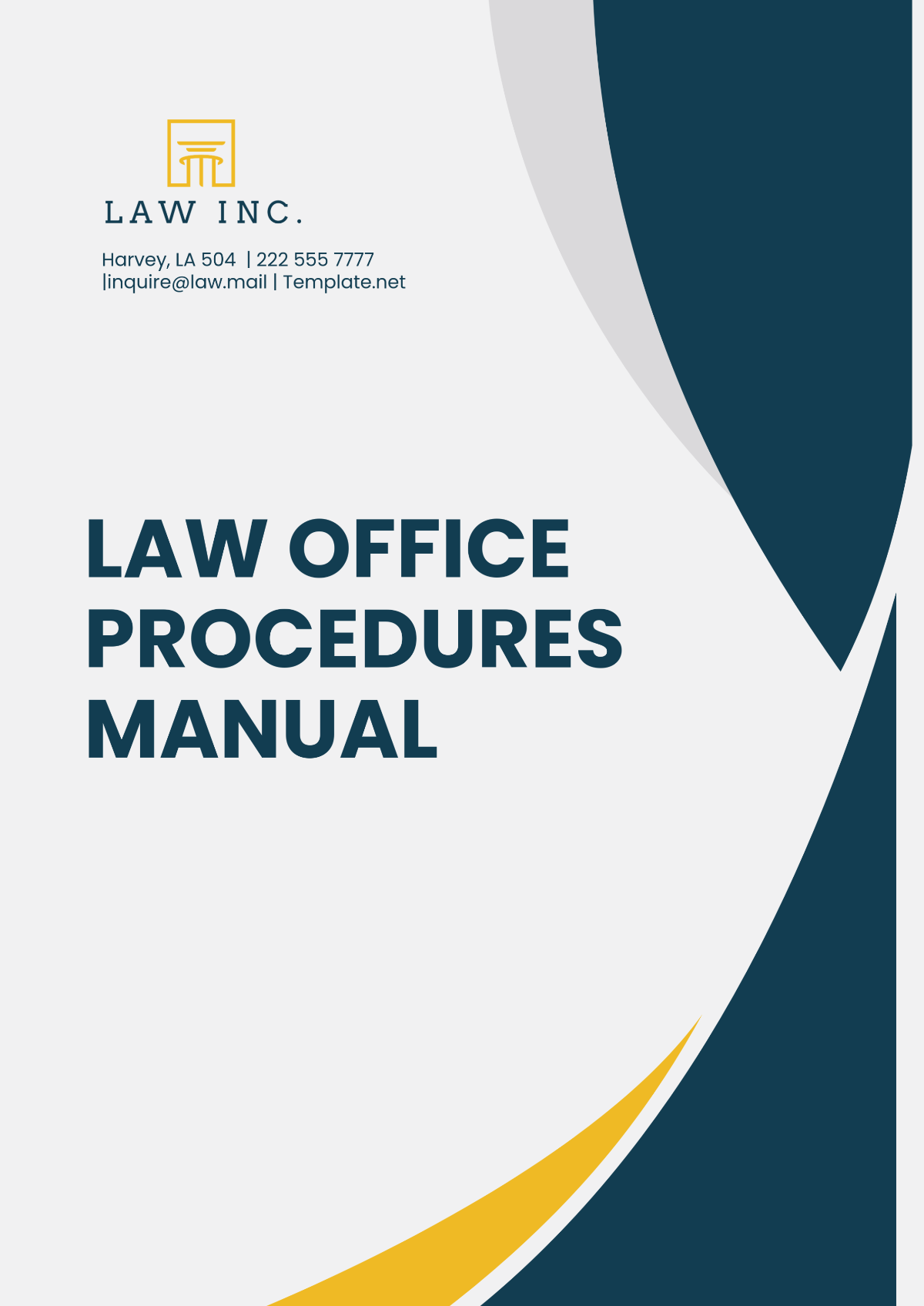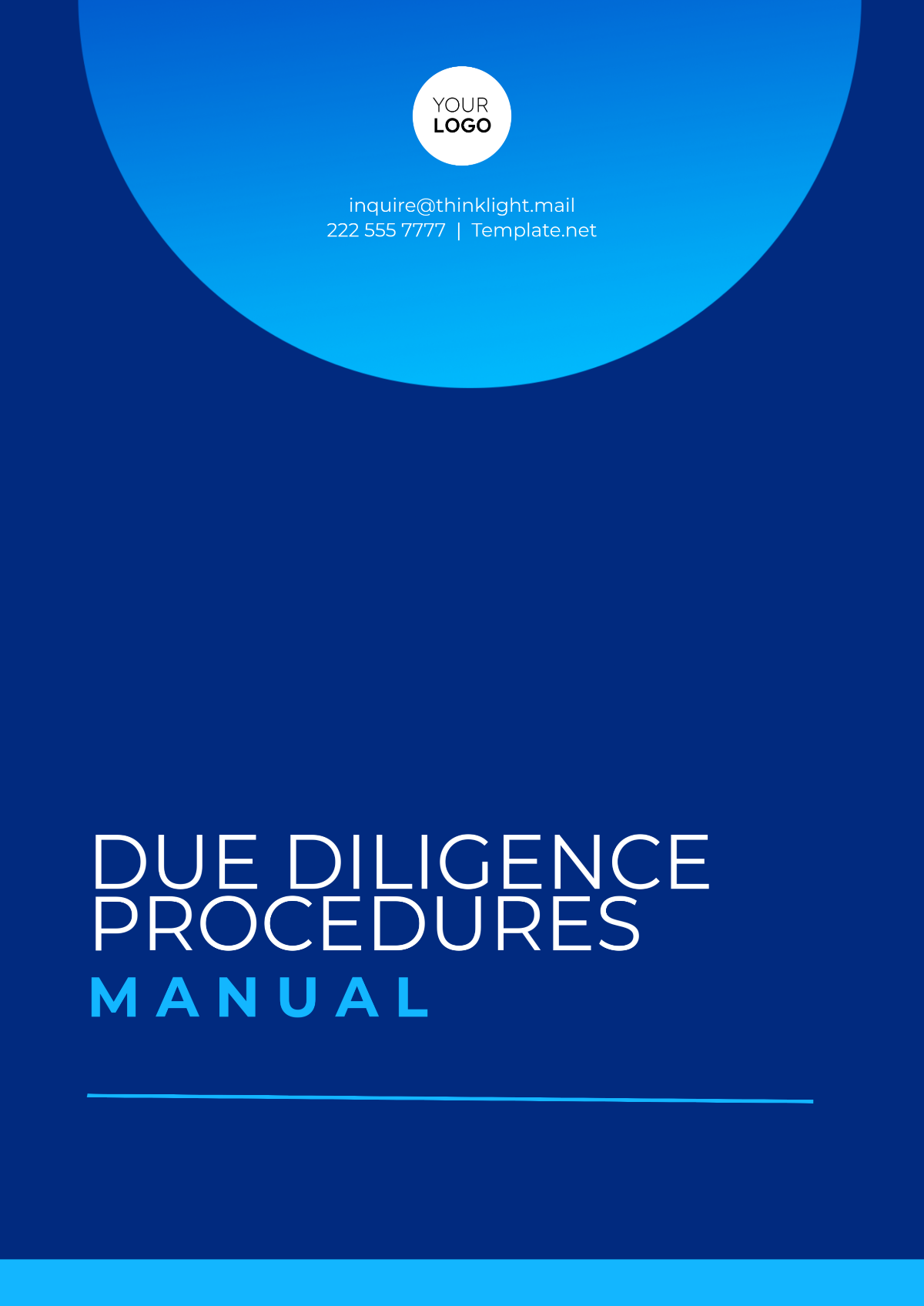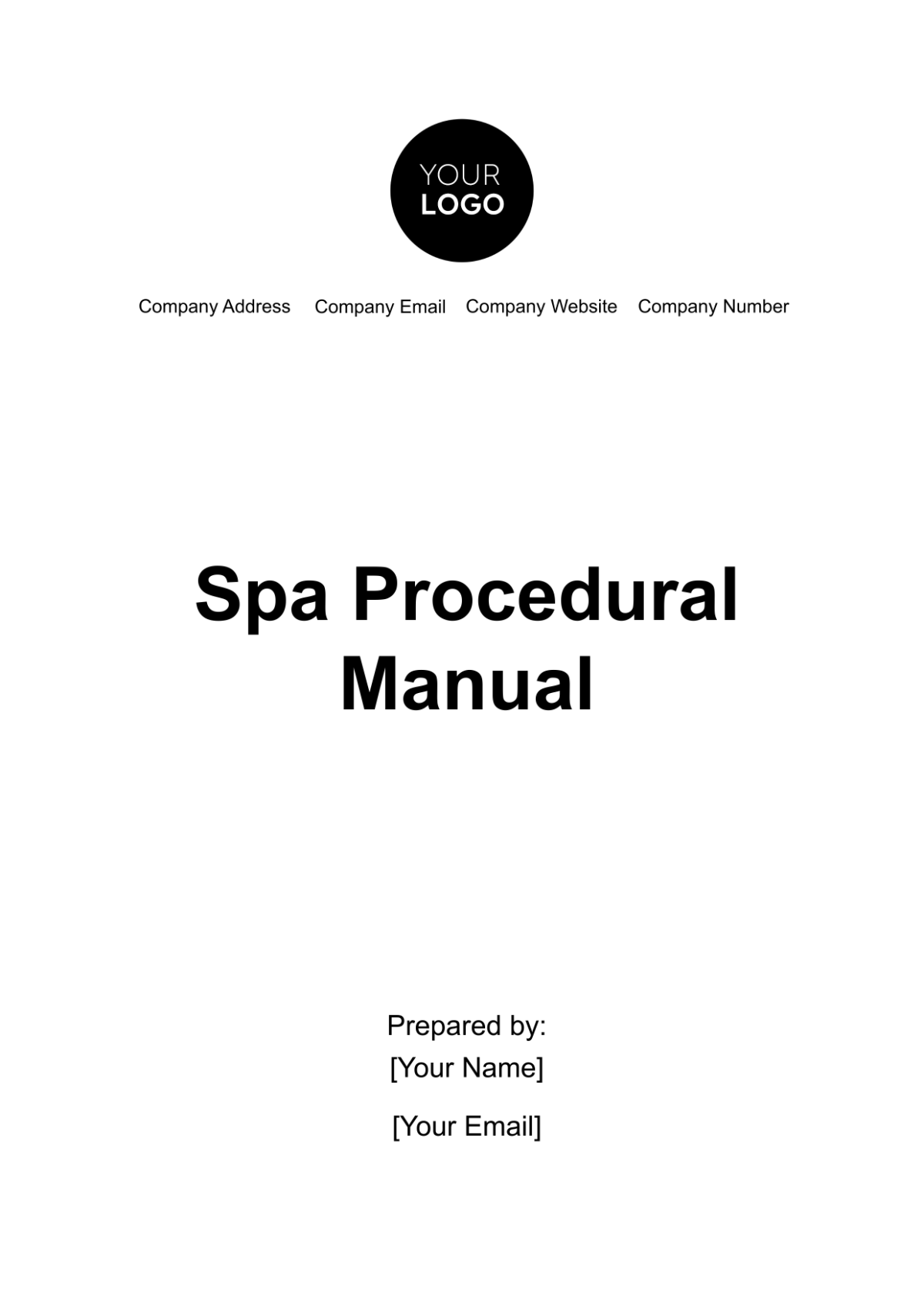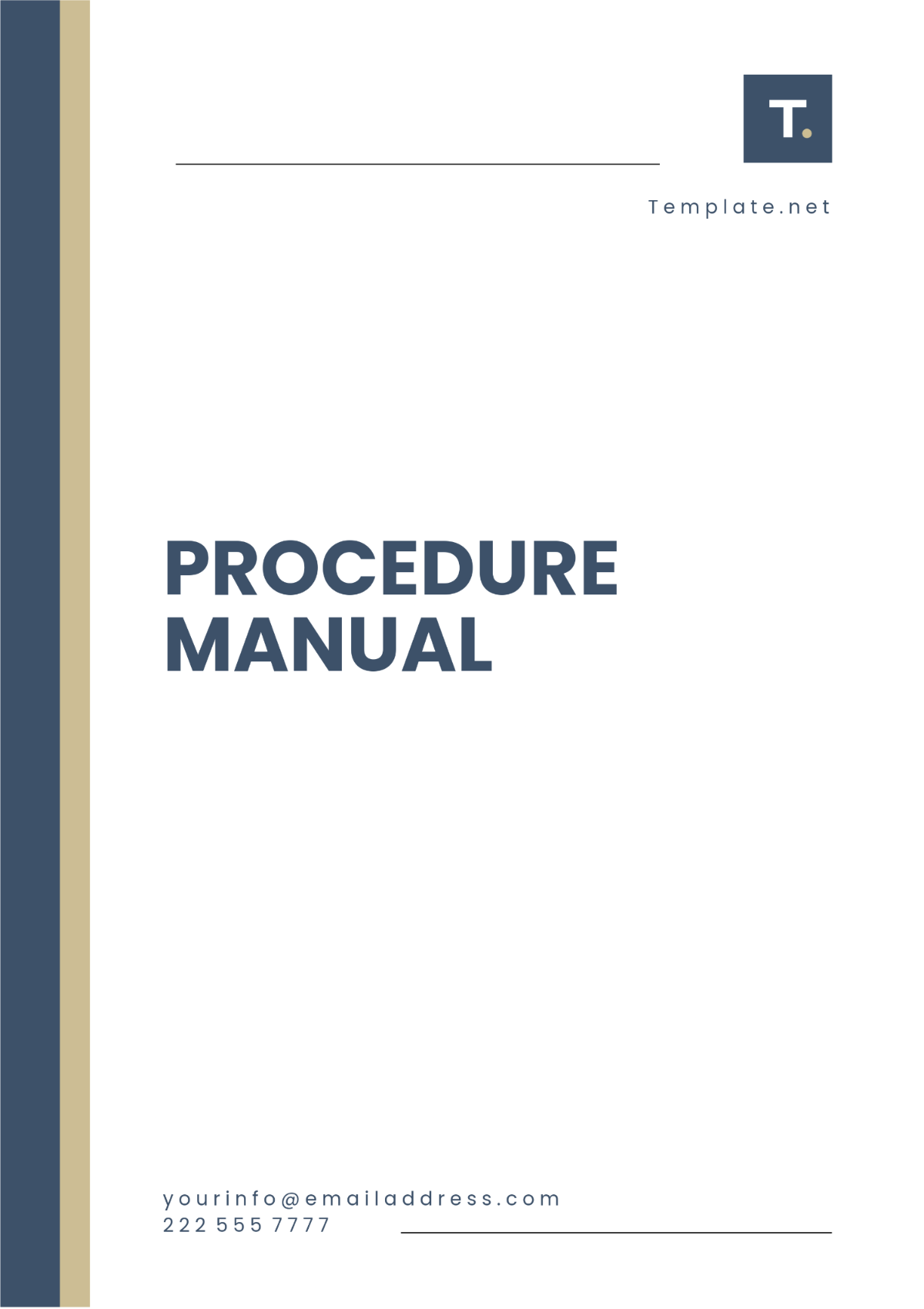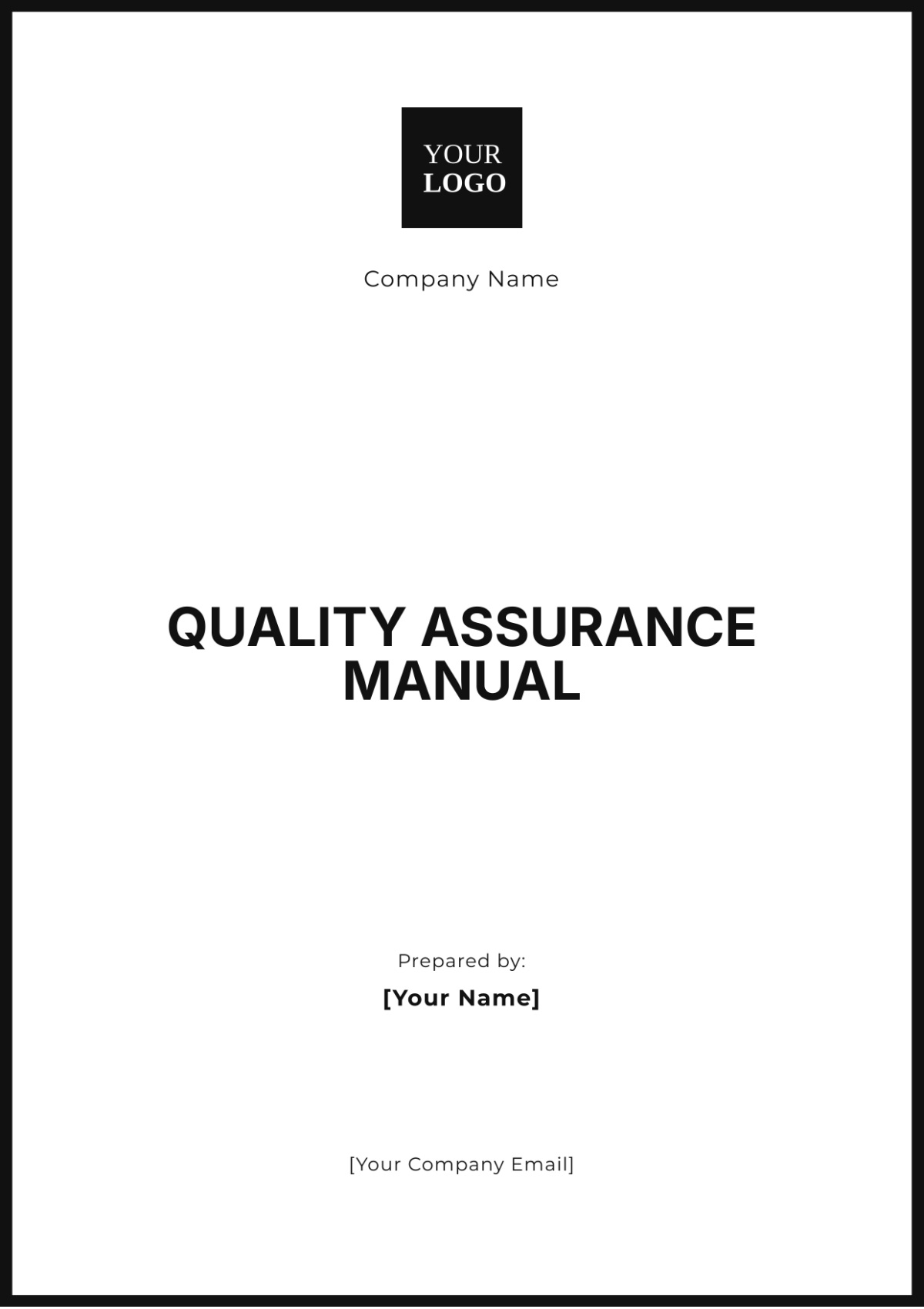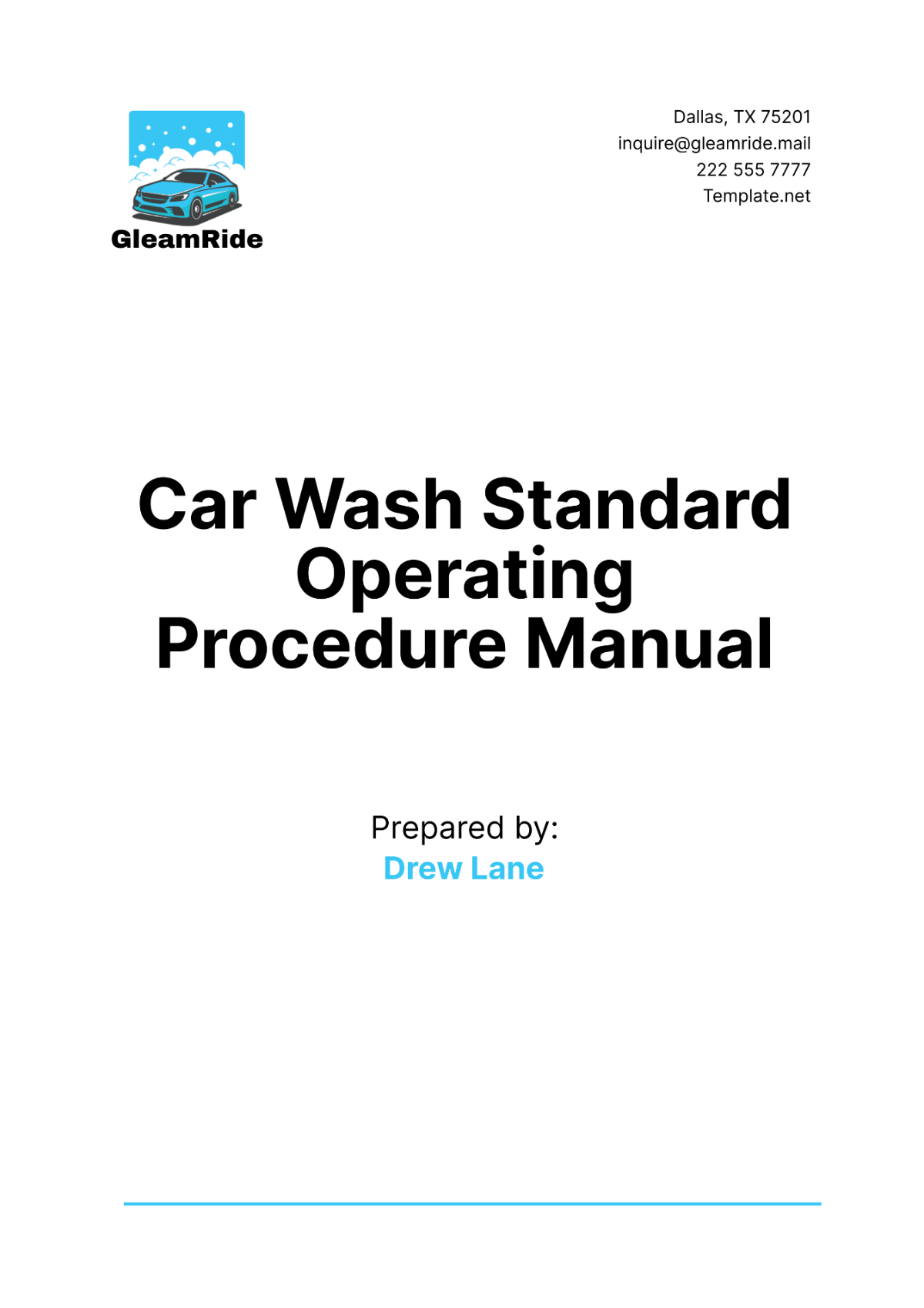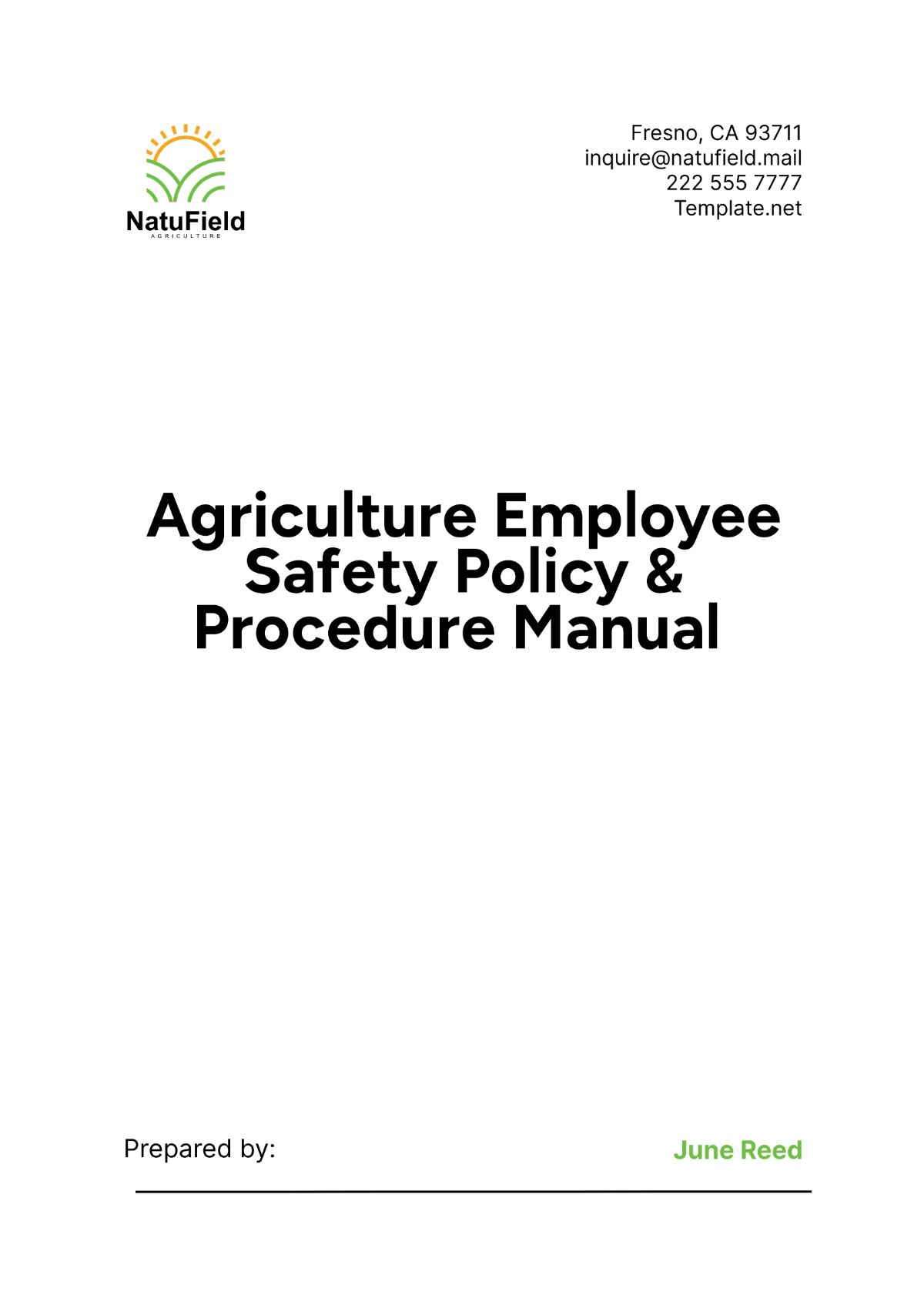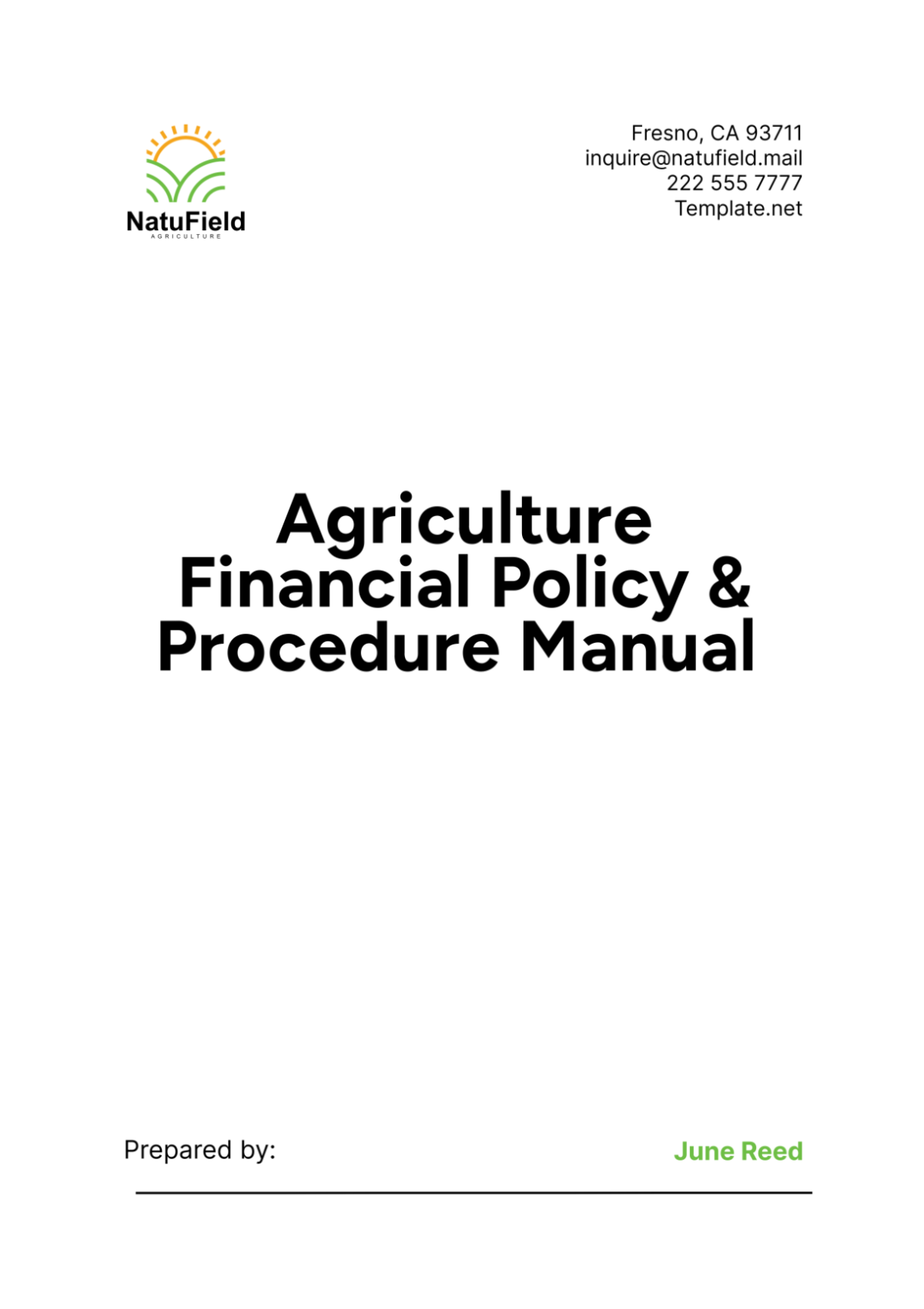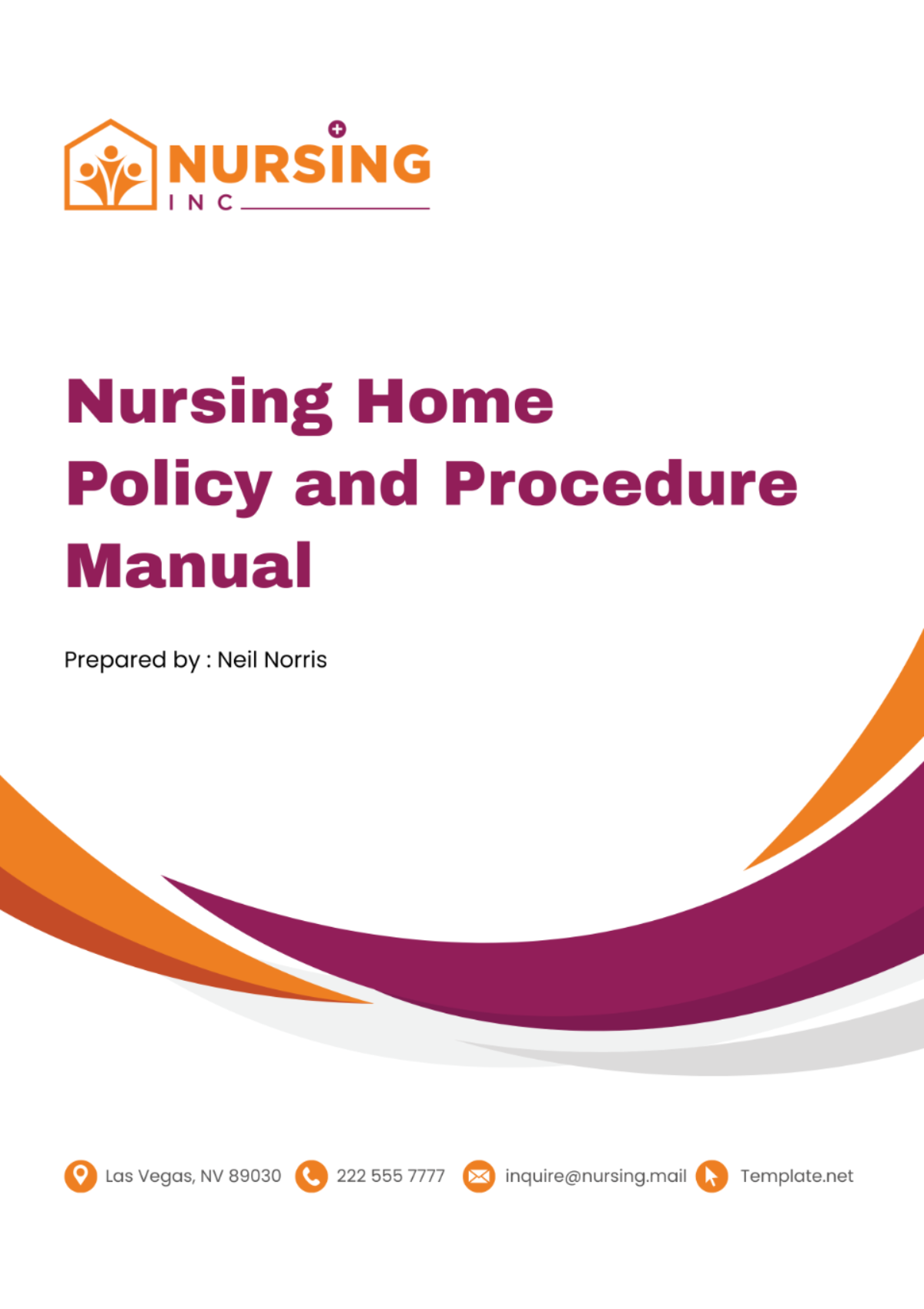Customer Support Procedure Manual
Prepared by: [Your Name]
Date: January 1, 2060
I. Introduction
The primary goal of our customer support team is to deliver exceptional service that meets and exceeds customer expectations. Our commitment is to provide timely, effective, and empathetic support while fostering strong customer relationships. We value professionalism, efficiency, and continual improvement in all customer interactions.
II. Roles and Responsibilities
Customer Support Representative: Primary point of contact for customers, responsible for addressing and resolving inquiries and issues.
Support Supervisor: Oversees the support team, ensures adherence to procedures, and provides guidance and escalation support when needed.
Technical Support Specialist: Handles complex technical inquiries and provides in-depth problem resolution.
Customer Support Manager: Manages the overall support operation, monitors performance metrics, and implements improvements.
III. Standard Operating Procedures (SOPs)
Step | Action | Details |
|---|---|---|
1 | Greet the customer and verify their identity | Use the account information provided by the customer to confirm their identity. |
2 | Understand and classify the customer's issue or inquiry | Listen carefully, ask clarifying questions, and categorize the type of issue or inquiry. |
3 | Use the knowledge base to provide accurate information or solutions | Refer to the knowledge base to find the most accurate and effective solution for the customer. |
4 | Document the inquiry and resolution steps in the customer support system | Log the details of the interaction, including the inquiry and the steps taken to resolve it. |
5 | Follow up with the customer to ensure the issue is resolved to their satisfaction | Contact the customer after resolution to confirm they are satisfied with the outcome. |
IV. Communication Guidelines
Maintain a friendly and professional tone at all times. Personalize responses by addressing the customer by name. Respond to inquiries within a predetermined timeframe, typically within 24 hours. Use clear, concise, and jargon-free language.
V. Escalation Procedures
When to Escalate: Issues that cannot be resolved at the initial level, or if the customer requests escalation.
How to Escalate: Document the issue in detail and transfer it to the appropriate higher-level staff or department. Notify the customer of the escalation and provide an estimated resolution time.
VI. Performance Metrics
Key performance indicators (KPIs) are crucial for evaluating customer support effectiveness. Key metrics include:
Customer Satisfaction Score (CSAT): Measures customer satisfaction, usually through post-interaction surveys.
First Response Time (FRT): The average time taken to respond to initial inquiries; quicker responses lead to better customer experience.
Average Resolution Time (ART): The average time to fully resolve an issue, with lower times improving efficiency.
Number of Resolved Tickets: Tracks the total number of issues resolved, reflecting team productivity.
Customer Retention Rate: The percentage of customers who continue using the service, indicating loyalty and effective support.
VII. Training and Resources
All support staff have access to a comprehensive training program, which includes modules on customer service skills, system usage, and product knowledge. Additionally, employees can access ongoing learning resources and tools to enhance their skills and stay updated with the latest company information.












